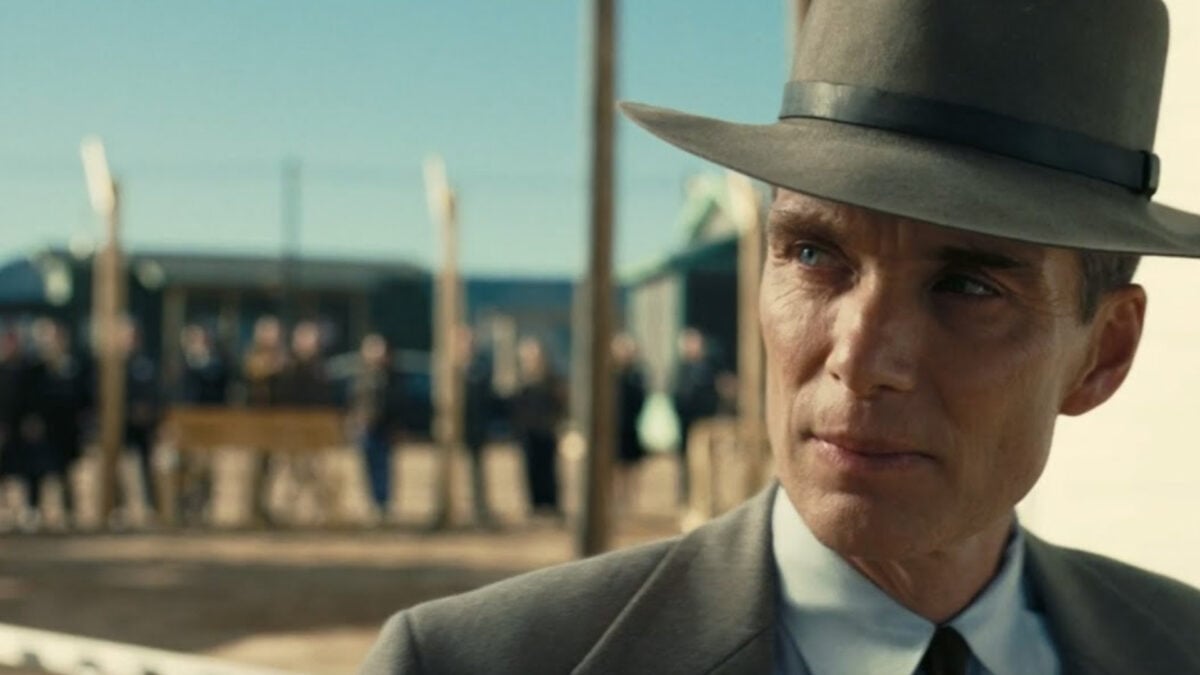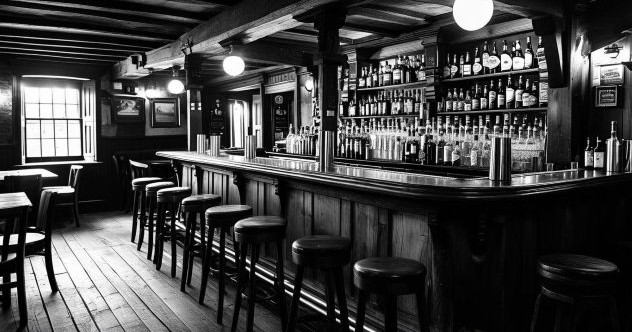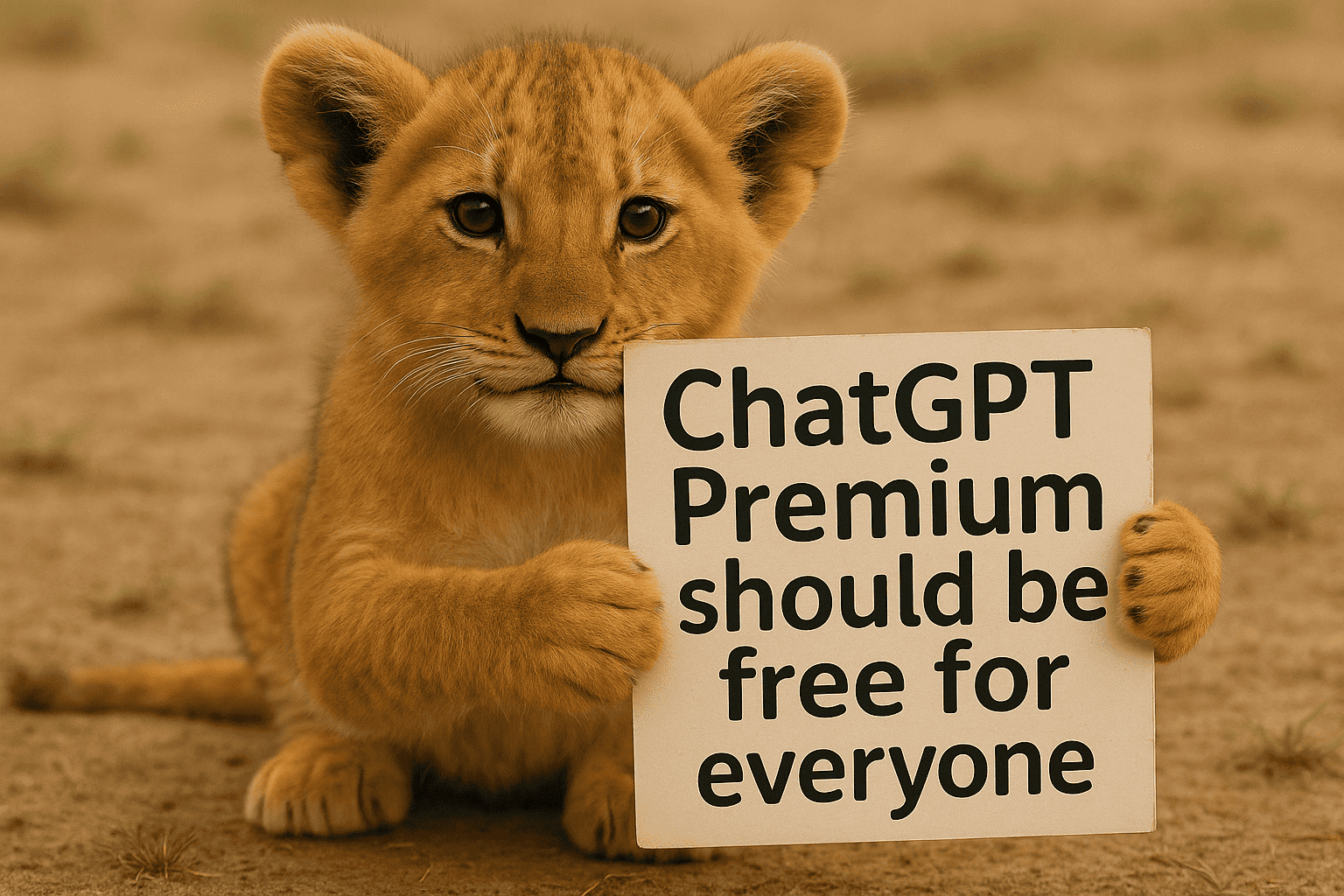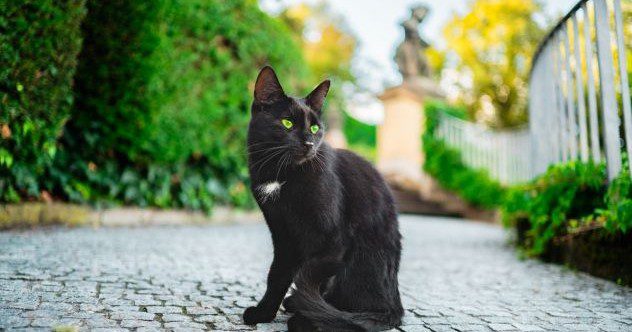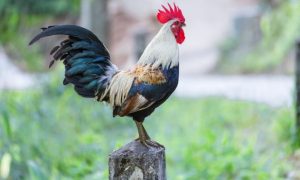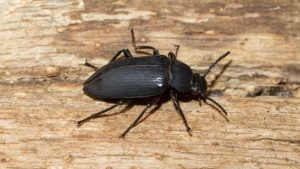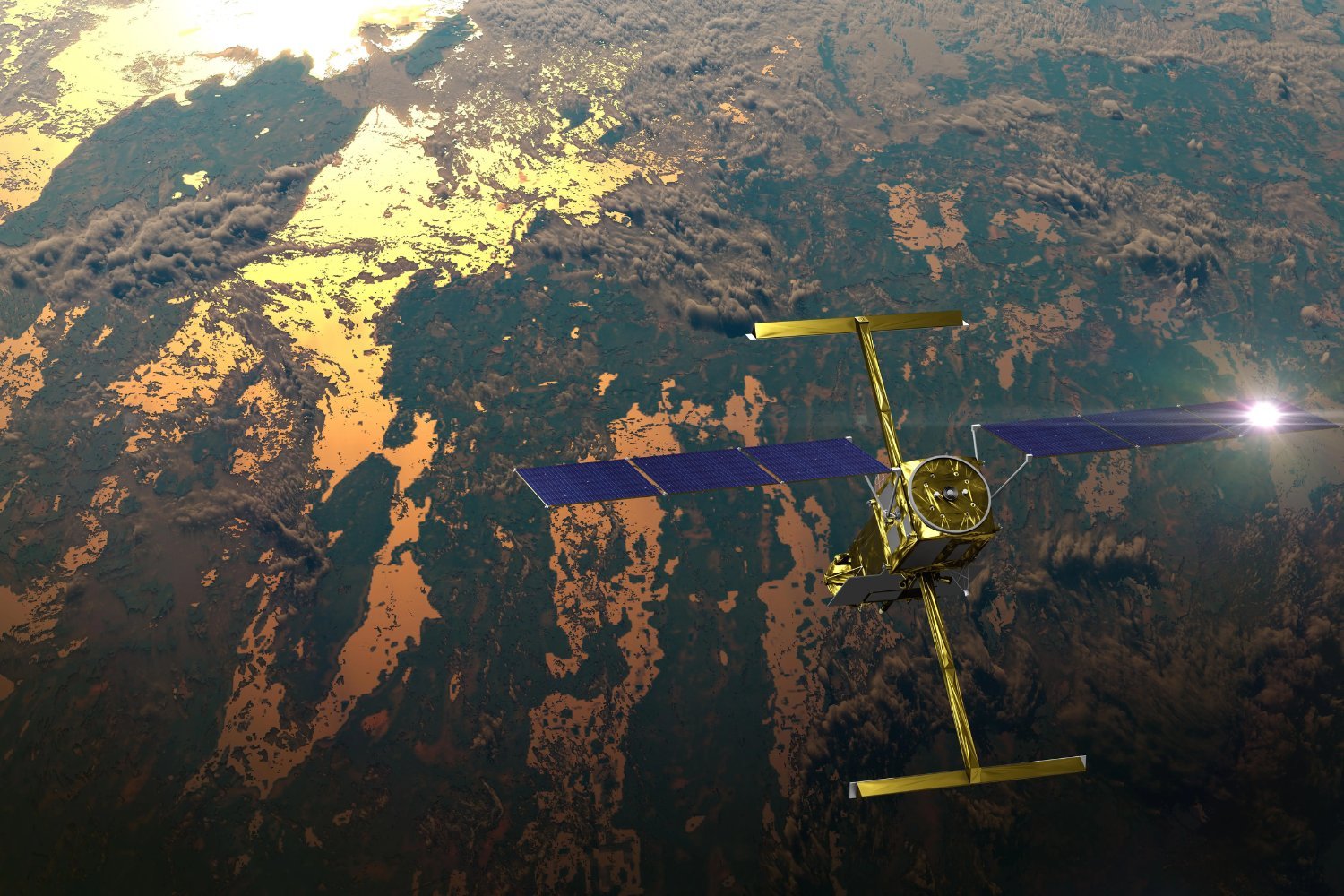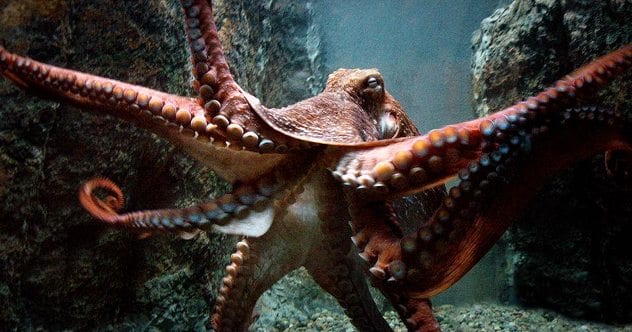We like to think we’ve got a grip on reality. That the world mostly makes sense, and the things we were taught in school are—more or less—true. But scratch just beneath the surface, and things get ‘weird’ fast.
This isn’t your average trivia list. These are the cracks in the matrix, the “wait, what?” facts that feel more like glitches than knowledge. Hidden truths, subtle illusions, and bizarre phenomena suggest we might only see a sliver of what’s actually going on.
Here are 10 things that might just melt your brain a little—in the best way.
Related: 10 Mind-Blowing Examples of the Placebo Effect
10 College Might Be Making You Less Curious
The structure of higher education often rewards regurgitation over exploration. Students learn to ace tests, not to question assumptions. Curiosity—the engine of real learning—gets quietly smothered under syllabi and Scantrons.
Ironically, the place designed to expand your mind might be quietly narrowing it. College often turns to learn into a performance: grades over growth, memorization over exploration. You start chasing GPA points instead of ideas.
Students are rewarded for staying within the lines—following rubrics, citing the “right” sources, and answering questions that already have answers. Stray too far off the syllabus, and suddenly you’re “off-topic.” Curiosity becomes a risk, not a virtue.
By the time you graduate, you may have mastered APA formatting but forgotten how to wonder.[1]
9 Octopuses Are Basically Aliens
Not metaphorically—literally. Their RNA editing abilities are so bizarre that some scientists seriously explore the idea that their ancestors came from space via panspermia. Also, they have nine brains. What even is that?
Octopuses aren’t just weird—they’re fundamentally other. They have three hearts, blue blood, and the ability to change color and texture like a living mood ring. Their arms can taste and think independently, and two-thirds of their neurons aren’t in their brain—they’re in their limbs. Each arm is like a semi-autonomous creature attached to a central hub.
Even stranger? Octopuses are masters of camouflage despite being colorblind. They somehow process visual information through their skin, and we still don’t fully understand how.
Then there’s the genetic weirdness: octopuses can edit their own RNA on the fly, essentially rewriting their biological instructions in real time. This is incredibly rare in animals. What are the only other known life forms with this skill? Viruses.
Some scientists have even (controversially) suggested that octopus DNA is so radically different from anything else on Earth that it might point to an extraterrestrial origin—like their ancestors hitched a ride here on a comet.
Are they aliens? Probably not. But are they alien enough to make us question what intelligence even is? Absolutely.[2]
8 The Earth Breathes
There’s something called the “Chandler wobble”—a real, observed wobble in Earth’s rotation. Combined with atmospheric pressure and oceanic movement, it causes the Earth’s surface to shift, like it’s subtly breathing.
It sounds like a myth, but it’s science: the Earth doesn’t just spin—it wobbles, shifts, and subtly inhales.
In the Chandler wobble, the Earth’s axis drifts in a slow, looping circle. It’s not dramatic—just a few meters over a year—but it’s enough to slightly change your GPS coordinates without you ever moving. Scientists still aren’t entirely sure why it happens.
Then there’s the seasonal “breath” of the planet. During spring and summer in the Northern Hemisphere, vast forests pull carbon dioxide out of the atmosphere—like a giant inhale. In fall and winter, when those trees shed their leaves and decay, they release carbon back—an exhale.
Even the solid ground beneath us isn’t still. Under extreme conditions—like earthquakes, glacier movements, or even the shifting weight of water reservoirs—the Earth can actually “ring” like a bell. It’s called a free oscillation, and we’ve recorded it.
Put it all together, and our planet stops feeling like a rock—and starts feeling like something much more alive.[3]
7 Most of History Is a Guess
We act like history is a solid timeline—but in truth, much of what we “know” is based on best guesses, biased records, or literally one guy’s account. Entire centuries have gone “missing” in historical records—the “Phantom Time Hypothesis.”
We like to imagine history as a clean timeline—a neat stack of facts laid out by smart people in museums and textbooks. But the truth? Much of it is stitched together from fragments, myths, and wild speculation.
Entire civilizations vanished without a trace. Languages died with no record. Key events are known from a single source—often written decades or centuries later by someone with an agenda. Think about it: what we know of Socrates comes from his student Plato. Imagine if everything about your life was written down by just one of your friends.
Even the dates are shaky. The Phantom Time Hypothesis—a fringe but fascinating theory—suggests that nearly 300 years of history (between AD 614 and 911) were completely fabricated by medieval scribes to make a ruler’s reign seem more legitimate. Mainstream historians reject it, but the fact that it’s even plausible shows how fragile the scaffolding of “truth” really is.
And don’t forget the historical filter: wars, fires, colonization, censorship—so much has been lost or destroyed. What survives often says more about power than about people. In the end, history isn’t a record—it’s a story we’re still rewriting, one incomplete clue at a time.[4]
6 Your Mind Makes Up Most of Your Vision
Only a tiny fraction of your visual field is actually in high resolution. Your brain guesses the rest. You’re mostly seeing a hallucination stitched together from memory and assumption.
You’re not seeing the world so much as your brain is guessing it. Only the very center of your visual field—about the size of your thumb at arm’s length—is in sharp focus. The rest? Blurry, low-res input that your brain smooths over with assumptions, memory, and context.
Even stranger: your eyes have a literal blind spot where the optic nerve connects to the retina. There are no photoreceptors there at all. But you never notice it because your brain just fills it in with what it thinks should be there—like Photoshop’s content-aware fill, but in real time.
What you’re “seeing” is less like a live feed and more like a predictive simulation. Your brain uses prior knowledge, expectation, and peripheral data to construct a stable visual world that often doesn’t match what’s actually out there.
This is why optical illusions work. It’s why eyewitness testimony is so unreliable. And it’s why you can stare at something and not see it—because your brain already decided it wasn’t important. Reality, as far as your brain is concerned, is mostly a really convincing hallucination.[5]
5 Time Moves Faster in Your Head as You Age
Ever wonder why time flies faster as you get older? It’s not just perception—neural transmission and dopamine production both slow down, altering how your brain experiences time.
Remember how endless summers felt as a kid? How a week could feel like a lifetime? That wasn’t just nostalgia—it was neuroscience.
As we age, our perception of time changes dramatically. One theory is that time feels slower when we’re young because everything is new. Novel experiences flood the brain with data, forcing it to process more information, which in turn stretches the sense of time. A single afternoon exploring the woods at age 8 holds as much sensory density as a whole week of routine adulthood.
But there’s also a biological reason: our brains literally slow down. As we age, the rate at which our neurons fire and transmit information decreases. This affects how many “snapshots” of the world our brain can take in per second. Fewer mental snapshots = faster-feeling time.
There’s even research showing that dopamine, which helps regulate time perception, declines as we get older. The clock doesn’t actually tick faster—but the way we experience it compresses. This is why years start to blur. Why December sneaks up on you. Why time doesn’t just fly—it evaporates.[6]
4 Plants Know When They’re Being Eaten
Plants can “hear” themselves being chewed on and respond with chemical defenses. Some even send chemical warnings to neighboring plants. The idea that plants are passive is just wrong.
They don’t scream (audibly), they don’t run—but make no mistake: plants are far from passive. In fact, they’re shockingly aware of what’s happening to them.
Studies have shown that when a caterpillar starts munching on a leaf, the plant can hear the vibrations of chewing and respond almost immediately by producing defensive chemicals—essentially making itself taste terrible or even toxic. Some release airborne signals that alert nearby plants, preemptively activating their defenses. It’s like a silent neighborhood watch for leaves.
Certain plants even produce specific compounds tailored to the attacker—an insect vs. a fungus triggers different responses, meaning the plant can identify what’s hurting it. Some can send signals down to their roots and across their entire system to warn other parts of themselves: “We’re under attack.”
And it gets weirder. Some studies suggest plants can even learn from repeated stimuli. They’re not just reacting—they’re remembering. They don’t have brains. They don’t have nerves. But they have something we’re only just beginning to understand: a distributed, chemical intelligence that blurs the line between plant and animal.
So next time you’re trimming your houseplant, just know—it might know you’re doing it.[7]
3 You’ve Never Truly Seen a Mirror Image of Yourself
The “mirror you” is a flipped version that no one else ever sees. Photos aren’t it either—those are flat and distorted. Your actual face is something you’ve never seen with your own eyes. That reflection you stare at every day? It’s not really you.
It’s a flipped version of you that only exists in the mirror. When you look in a mirror, your left side becomes the right side, and vice versa. So, while you may think you’re gazing at yourself, what you see is a reversed, distorted version that doesn’t match how others perceive you.
Even photographs aren’t quite you—they’re two-dimensional, capturing your image in a moment, but they flatten everything and don’t account for the subtle, ever-shifting depth of your actual face.
It gets even weirder. When you look in the mirror, you see a face you’re not used to. Most people have a stronger emotional connection to the flipped version, the one they’ve been seeing in photos, as opposed to the actual version others see. This creates a dissonance when people encounter their “real” face in candid shots—they’re often surprised by how they look, even though it’s objectively their face.
What’s even more unsettling? You’ve never truly seen yourself from someone else’s perspective. You can’t. The closest you’ll ever get is a picture, which is still warped by angles and lighting. Your face, in its true, unfiltered form, exists only in the minds of others—and it’s a version you’ve never experienced firsthand.[8]
2 Airplanes Are Literally Designed to Flex
The wings of a Boeing 787 can bend more than 26 feet (7.9 meters). Engineers design them this way intentionally—rigid wings would snap under stress. You’re flying in a giant, engineered bird that flaps just a little.
Next time you board a plane, think about this: The wings are designed to bend. A lot. In fact, the wings of a Boeing 787 can flex upward roughly the length of a bus before the structure begins to strain. This isn’t a flaw or an afterthought. It’s by design.
Airplanes fly at altitudes where air pressure is incredibly low, and turbulence is often unavoidable. The wings, made from advanced composite materials, are engineered to absorb and respond to the stresses of flight—bending with the winds rather than snapping. Without this flexing, the forces acting on the plane—especially during high winds or turbulence—could cause severe structural damage. Instead, the wings act like shock absorbers, maintaining stability and strength.
Engineers test this flexibility by subjecting wings to extreme conditions, bending them to their limits to ensure they’ll hold up during normal flight. They can be bent so far that it’s almost impossible to imagine how they’ll snap back into shape. But they do. Time and time again.
This design doesn’t just improve safety—it enhances efficiency. A flexible wing means less drag and more streamlined movement through the air, saving fuel and improving the aircraft’s overall performance.
So, the next time you’re soaring through the sky, know that the wings you’re trusting are bending, flexing, and moving with the air instead of just cutting through it rigidly. The technology is an elegant marriage of physics, materials science, and engineering—literally built to bend without breaking.[9]
1 We’ve Mapped More of Mars Than Earth’s Oceans
Over 80% of Earth’s oceans are completely unmapped and unexplored. We know more about the surface of the Moon than we do about the terrain beneath our own feet.
We know more about the dusty, red surface of Mars than we do about the vast, hidden depths of our own oceans. It’s hard to wrap your head around, but the fact is that we’ve mapped only about 20% of Earth’s ocean floors in detail, while NASA has mapped nearly the entire surface of Mars.
Why the imbalance? Earth’s oceans are difficult to explore. They’re dark, cold, and under extreme pressure, making it hard to send robots or cameras deep enough to get a complete picture. The vast majority of our ocean floor remains a mystery—vast stretches of the seafloor are only studied from afar through sonar and satellite technology, and much of it remains unseen.
Mars, on the other hand, is much more accessible to our technology. The planet’s surface is visible through telescopes and has been extensively photographed by satellites and rovers. Despite its extreme conditions—no breathable atmosphere, extreme temperatures, and harsh radiation—Mars is a “static” surface, relatively simple to study from a distance.
Our oceans, however, are in constant flux, with currents, tides, and underwater volcanoes reshaping the landscape. In addition to that, the depths—some parts of the ocean are nearly 7 miles (11.3 km) deep—make it clear why mapping the ocean floor is far more complex.
But here’s the kicker: The ocean is a vast, untapped resource, home to countless species, undiscovered ecosystems, and valuable minerals. It could hold the key to understanding climate change, advancing medicine, or even providing new energy sources.
The fact that we’ve spent far more time mapping an alien planet than exploring our own planet’s underworld is a striking reminder of just how much there is still to discover—right beneath the surface of our own home.[10]






